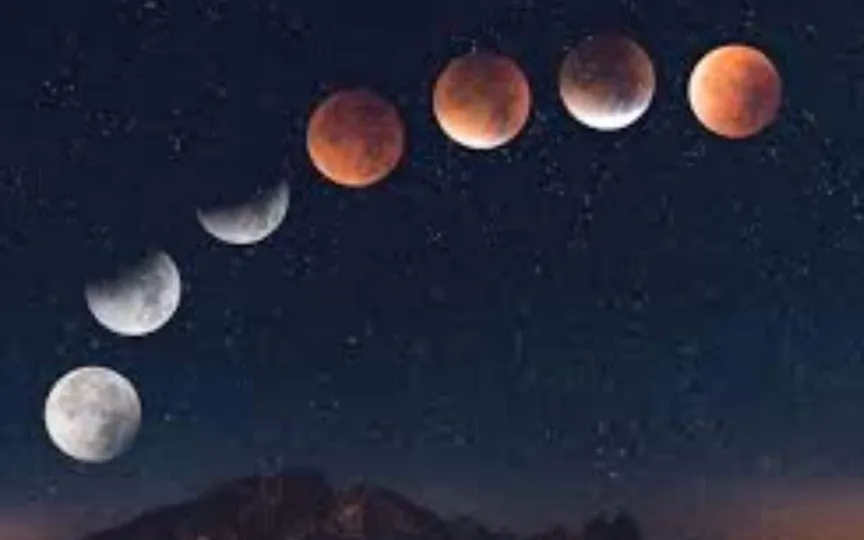How To Capture The 2023 Lunar Eclipse With Your Smartphone
The October 2023 lunar eclipse will be visible across India, including New Delhi, Mumbai, Bengaluru, Ahmedabad, Kolkata and Varanasi at midnight today (October 28-29). This celestial event offers photography lovers a chance to capture the beautiful lunar eclipse.
While experts use fancy cameras and telescopes to capture stunning eclipse photos, the US space agency NASA suggests that people can take photos of the beautiful lunar eclipse with their smartphones.
Here are NASA’s simple tips for taking great lunar eclipse photos with your smartphone.
– Planning is key: If you want to increase your chances of making a truly memorable photo, find a good shooting location in daylight. Practice using your camera’s controls beforehand. Allow yourself plenty of time for installation.
– Know where and when to look for the Moon: One of the most important parts of planning is knowing when the Moon sets on a certain day and its current phase.
There are several commercial apps available for smartphones that can help you predict exactly when, where and how the Moon will appear.
– Find something to stabilize your phone: If you don’t have a stand, prop your phone on something stable.
Composition matters when setting up your shot. Look for objects in the foreground to frame the Moon, provide context, or add design to your image.
– Turn off the flash and focus the camera on the moon instead of the sky, usually by touching it on your screen. Reduce the brightness so that the image does not explode, blurry and white.
– Use a camera stand if your phone has one to avoid touching and bumping the phone when taking a picture.
– Zoom can be helpful or not, depending on your phone.
– Some phones have a true optical zoom, but others have a digital zoom and only do a cropping that you can do yourself after taking the picture.
– Experiment with your zoom to see if it helps your moon picture or not.
– If your phone allows you to change settings such as ISO (light sensitivity) and aperture (the size of the aperture that lets in light), try setting the ISO low and the aperture wide.
-If possible, you can also play with the shutter speed to make sure the Moon appears correctly. Start with a slower shutter speed and adjust it downwards.




